Uncovering the sustainable scrap copper cycle
Exploring the red metals recycling revolution
The basics about red metals
Red metals, also known as copper alloys, encompass a group of metallic materials valued for their distinct reddish hues and versatile properties. Chief among them are copper, bronze, and brass. Copper, a vital industrial metal, boasts exceptional conductivity, corrosion resistance, and malleability, making it indispensable in electrical wiring, plumbing, and construction. Bronze, an alloy of copper and tin, offers enhanced strength and durability, finding applications in sculpture, architecture, and musical instruments. Brass, composed of copper and zinc, combines corrosion resistance with decorative appeal, making it sought after for fittings, ornaments, and hardware. These red metals play a crucial role in various industries, and their recyclability contributes significantly to sustainability efforts by conserving natural resources and reducing environmental impact.
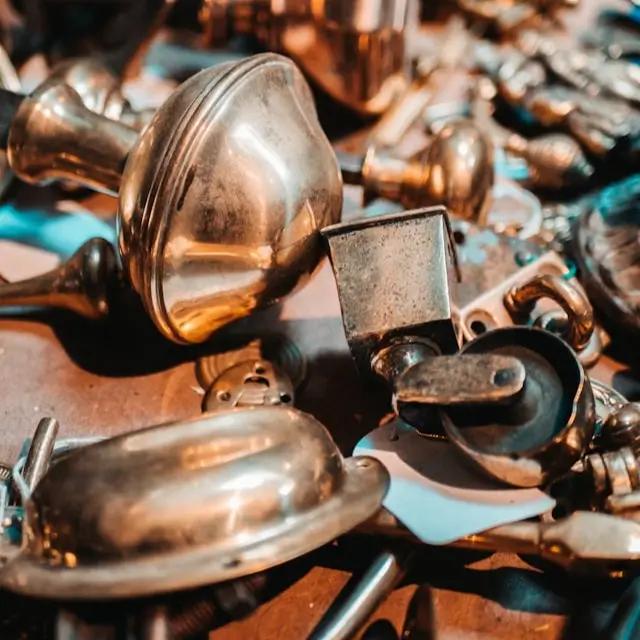
Which are the most common economic uses of red metals?
The most common economic uses of red metals, including copper, bronze, and brass, span a wide range of industries and applications. Copper is primarily utilized in electrical wiring and electronics due to its exceptional conductivity, as well as in plumbing, roofing, and industrial machinery. Bronze, valued for its strength and corrosion resistance, is commonly employed in sculpture, architectural elements, marine equipment, and bearings. Brass, prized for its malleability, corrosion resistance, and decorative appeal, finds extensive use in plumbing fixtures, musical instruments, hardware, and decorative items. Additionally, red metals are utilized in automotive components, heat exchangers, coins, and jewelry, showcasing their versatility and importance in modern manufacturing and commerce.
The red metals recycling journey and its challenges
The recycling journey of red metals, encompassing copper, brass, and bronze, is an intricate tale riddled with challenges and triumphs. At the outset, the extraction of these metals, especially copper metals and alloys, demands substantial energy and resources, thus rendering recycling a pivotal endeavor in mitigating environmental impact. However, the journey from discarded red metal objects to refined material is fraught with obstacles. Collection presents the initial hurdle, as red metals are often scattered across diverse waste streams, ranging from electronic devices to plumbing fixtures. This dispersion necessitates efficient sorting mechanisms, which demand sophisticated technology and meticulous labor.
Once collected, the recycling process encounters complexities inherent to the diversity of red metal alloys. Separating copper from brass or bronze requires precise metallurgical knowledge and advanced techniques such as electromagnetic sorting or chemical dissolution. Furthermore, contamination poses a persistent threat, as impurities like lead or zinc can compromise the quality of recycled material. The economic landscape also shapes the journey, as fluctuations in metal prices impact the viability of recycling operations. High market demand may incentivize recycling, while downturns can render it economically unfeasible.
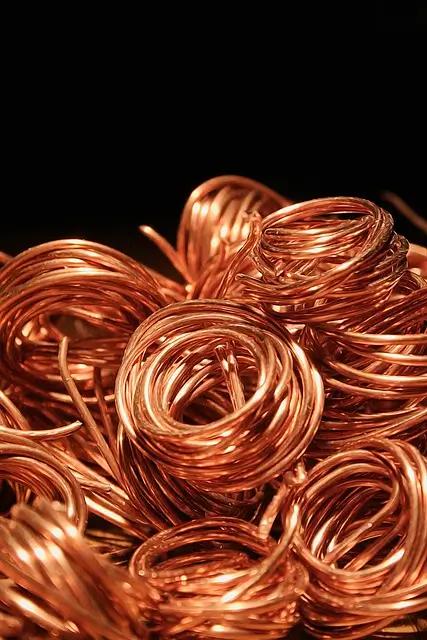
Where does scrap of red metals come from?
Manufacturing processes
Construction and demolition
Automotive sector
Electrical and electronics
The recycling of red metals such as copper entails strong environmental benefits, including energy conservation, reduced mining impact and and reduced water usage.
Some estimates suggest that recycling copper uses around 85-90% less energy than producing copper from raw materials, thus helping lower greenhouse gas emissions.
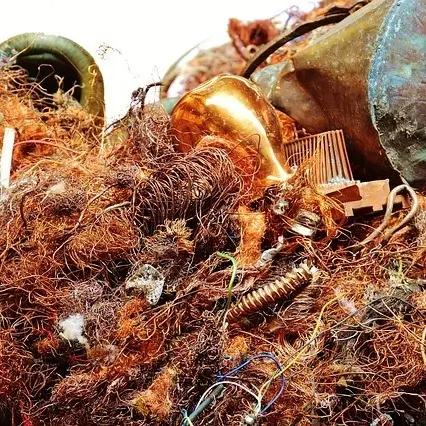
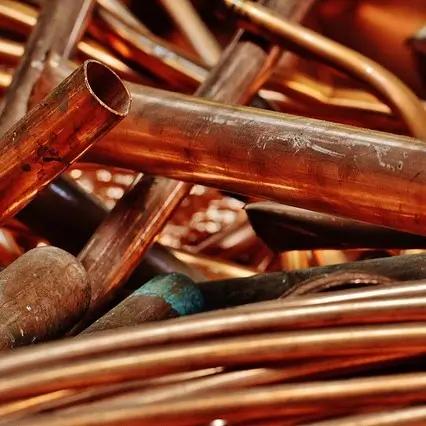
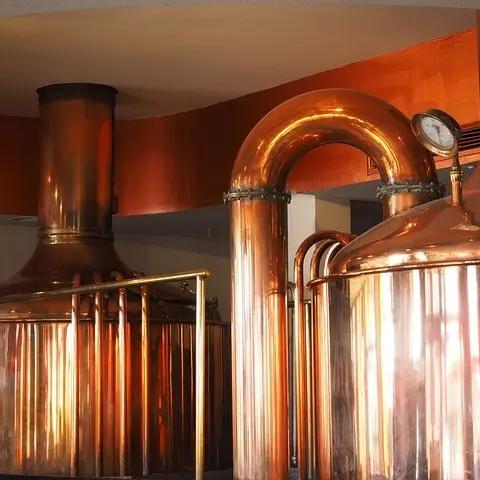
Types of scrap red metals
The Institute of Scrap Recycling Industries (ISRI) categorizes red metals into several distinct types based on their composition and characteristics. Among these, copper metal is one of the most prominent, known for its high conductivity and corrosion resistance, making it a valuable material in electrical wiring and plumbing. Brass, another red metal type, combines copper with zinc, offering enhanced malleability and a golden appearance, commonly used in decorative fixtures and musical instruments. Additionally, bronze, an alloy of copper and tin, boasts durability and a rich historical significance, often utilized in statues, medals, and architectural applications.
What are the top three countries that buy red metals scrap?

China
China has been a significant importer of red metals scrap, particularly copper, due to its strong manufacturing base and industrial demand. However, in recent years, China has implemented stricter import restrictions and quality standards for scrap materials, affecting the dynamics of the global scrap metal market.

India
India is another major importer of red metals scrap, driven by its growing infrastructure development, construction industry, and manufacturing sector. The country's rapid urbanization and industrialization have fueled demand for copper, bronze, and brass scrap for various applications.

South Korea
South Korea is a prominent importer of red metals scrap, particularly copper, to support its robust manufacturing sector, electronics industry, and infrastructure projects. The country's metal recycling industry plays a crucial role in meeting domestic demand for raw materials and reducing reliance on primary metal production.

Buying and selling scrap red metals with METYCLE
At METYCLE we buy and sell all types of red metals, especially honey, barley, berry and candy (as specified and defined by ISRI (Institute of Scrap Recycling Industries). We are metal specialists who will work closely with you to either find the best red metals for your requirements or to create immensely scalable business for your scrap red metals. Get in touch with us today to partner up with the world's leading scrap metal marketplace! We are based in Germany, and through us you get access to hundreds of suppliers and thousands of products - all while enjoying hassle-free shipping and customs and favourable payment terms.
Read more
Recycle metals with us
Recycle metals with us
Our metals
- Aluminum: the economic impact of recycling
- Copper: uncovering the sustainable scrap cycle
- Lead: the journey of scrap metal recycling towards a greener future
- Magnesium: scrap as a renewable resource for circular economy
- Nickel: scrap recycling as a value maximizer for sustainable industry growth
- Zinc: the sustainable promise of scrap recycling
Inside METYCLE
Inside METYCLE
Engineering and Technology at Metycle
Want to stay updated via WhatsApp?
Stay ahead with METYCLE's products! Join our WhatsApp broadcast channel to receive real-time updates on available metals and unbeatable deals. Explore our current product offerings and never miss out on the best opportunities!
© 2026 METYCLE
